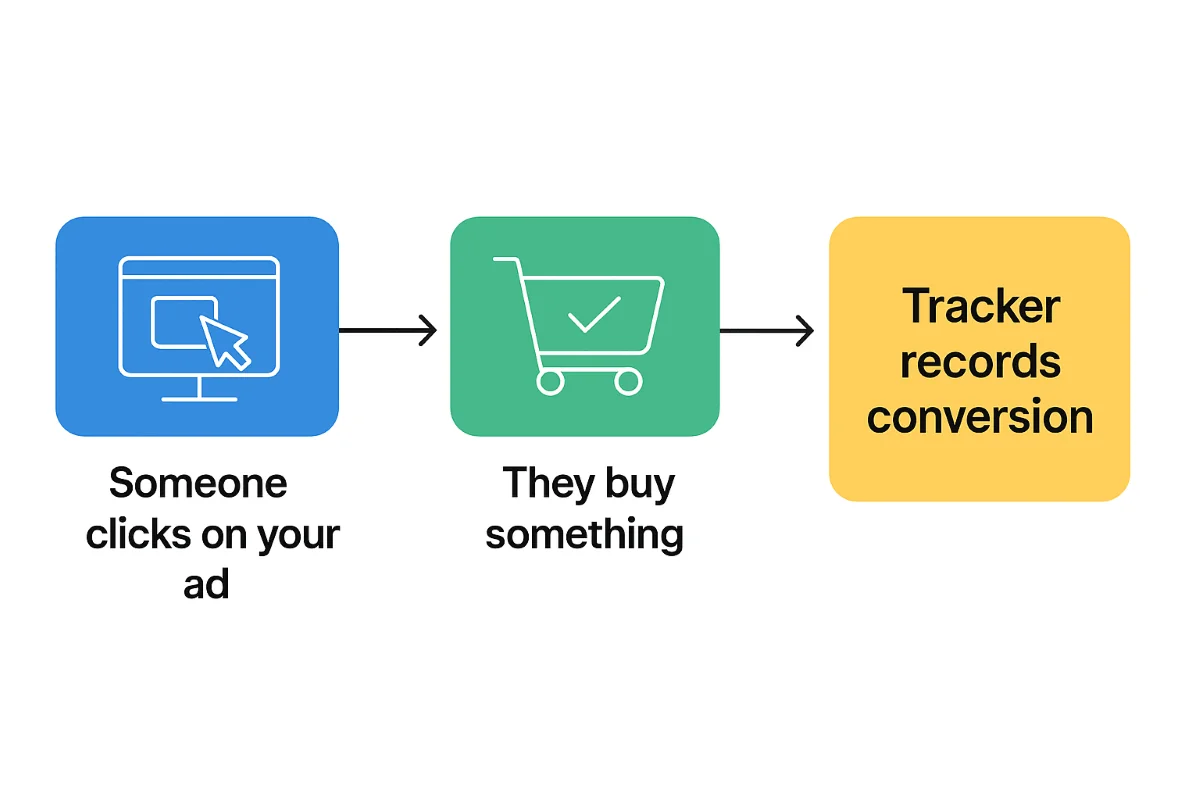What Is Postback? Understanding S2S Tracking in Affiliate Marketing
Affiliate marketing has no shortage of techy, head-scratching terms. From redirects and sub IDs to pixels and macros, it can feel like you need a degree just to track a conversion. One of the terms that often causes confusion is postback. It sounds technical (and, well, it is), but once you get the hang of it, you’ll wonder how you ever managed without it.
So let’s break it down in a simple way – and see why this technology is a game-changer, especially if you’re running campaigns with PropellerAds.
What Is Postback?
A postback is essentially a way for systems to “talk” to each other and confirm that something important – like a conversion – has happened.
Instead of relying on your browser or a tracking pixel, the algorithm sends the conversion data directly from one server to another. That means it skips all the mess of cookies, JavaScript errors, and ad blockers.
In simpler terms? Imagine this:
Someone clicks on your ad → They buy something → The advertiser tells your tracker, “Hey, this user converted!” via a special link (called a postback URL).

And just like that – you have rock-solid, real-time data.
How Does S2S Postback Work?
So, how exactly does this digital high-five happen between servers? Let’s walk through a typical S2S (server-to-server) postback flow:
- Click tracking magic
A user clicks your ad. That click is tagged with a unique ID and redirected through a tracking URL. - User does their thing
They land on a landing page, browse around, and complete an action – like registering or making a purchase. - Trigger time
The advertiser’s system captures the action and uses the postback URL (with the unique ID) to notify your tracking system. - Boom – conversion recorded
The tracking platform matches the click to the user and updates your stats.
Because this entire process happens server-to-server, it’s incredibly reliable. No lost data. No missed conversions.
And the best part? PropellerAds supports S2S tracking out of the box – so setting it up is a breeze.
Why Affiliates Rely on Postback Tracking
In affiliate marketing, data is everything. And postback gives you a direct line to the data you need to scale.
Here’s why media buyers and affiliate pros swear by postback:
- No more data gaps: Unlike pixel tracking, postback works even if users block cookies or disable scripts.
- Track everything: You can pass custom variables (like sub IDs or campaign names) for super-specific reporting.
- Real-time feedback: See your conversions show up instantly – no waiting, no guessing.
- Cross-device magic: Tracking doesn’t rely on the browser, so it works even if your user switches from phone to desktop.
Whether you’re promoting lead-gen offers, sweepstakes, or mobile utilities – postback tracking gives you clarity, not chaos.
Why You Should Use Postback (Even If You’re Just Starting Out)
Still not sure if postback is worth the setup? Let’s break down the top reasons to use it:
1. Accuracy That Makes Optimization Easy
Pixel tracking often misses conversions – especially on mobile. Postback, however, is ultra-reliable. With more accurate data, you’ll know exactly which traffic sources are performing and which ones are wasting your budget.
At PropellerAds, we recommend our partners to use postback, especially if they rely on our best auto-optimization tools: CPAGoal, Smart CPM, etc. These instruments need data received from postback to work properly and bring you the best results.
2. Supercharged Campaign Optimization
When you know which sub-ID brought the conversion, you can:
- Pause low-performing segments
- Scale top performers
- Automate rules in your tracker
And that’s how postback helps you scale smarter—not harder.
3. Compatible With Popular Tools
Most trackers like Voluum, Binom or RedTrack support postbacks by default. All you need to do is plug in your postback URL, and you’re set.
And if you’re using PropellerAds, we make postback integration with these trackers as smooth as it gets.
4. Stay Compliant and Future-Proof
With privacy laws like GDPR and browser restrictions (we see you, Safari and Firefox!), postback offers a privacy-friendly and future-proof way to track without relying on personal user data.
Callback vs Postback: What’s the Difference?
You might’ve also come across terms like php postback, ajax postback, or callback and thought – wait, aren’t these the same?
Not quite.
- A callback usually refers to a client-side script (like JavaScript or AJAX) that responds to an event in the browser.
- A postback, especially in affiliate marketing, refers to server-to-server tracking triggered when a conversion happens.
So while both involve “responses,” postbacks are way more reliable for tracking conversions in ad campaigns.
Final Thoughts: Postback = Power
Sure, postback might sound techy at first – but it’s one of the most important tools in your affiliate toolbox.
It helps you track conversions accurately, optimize campaigns confidently, and scale your results like a pro.
At PropellerAds, we encourage all our partners to set up S2S postback tracking – because when your stats are accurate, everything else just clicks!
Join our Telegram for more insights and share your ideas with fellow-affiliates!


